Now playing: Watch this: Read your tires and know what you have
7:00
You can read automotive tires like a book if you know the language, and doing so will help you buy the best ones and get the most miles out of them. Our video above takes you through the entire secret world hiding in plain sight on the side of your tire, but here are a few highlights.
Perhaps the most commonly discussed piece of data about a tire is a number in the format "XXX/XXRXX," which describes a tire's size and shape in a somewhat arcane way. Using 235/55R18 as an example, 235 is the tread width in millimeters. The higher that first number, the wider the tire. The 55 is the height of the tire expressed as a percentage of the width we just saw. The lower this number, the shorter and more aggressively the tire sits on the wheel.
The R means the tire is of radial construction (they all are) and the 18 is the diameter of wheel the tire fits, expressed in inches. This string is a real hodgepodge of numbers but it carries the essence of a tire's applicability.
In smaller type, typically at the end of a line that begins with the letters DOT, you'll find a four-digit sequence like 3219. This reveals your tire's manufacturing date, expressed as the week of the year followed by the last two digits of that year. In this example "3219" means the tire was made in the 32nd week of 2019. This is important information because tires can run out of life long before they run out of tread: Heat, UV, ozone and the quality of the tire's materials can end a tire's safe usage life long before it fails the Lincoln penny tread test. The tricky part is knowing how old is too old.
This tire was made in the 14th week of 2017. The numbers before 1417 are manufacturing codes you or your tire installer should register to make sure you receive recall notices that apply to your rubber.
The largest tire chain in the US, Discount Tire/America's Tire, has a policy that suggests you replace tires after six years, which is a commonly mentioned rule of thumb though many consumers see it as a ploy to sell them new tires. The company won't even service tires that are over 10 years old, other than to take them off your car, but that isn't as definitive as it sounds. "There is no such thing as a 'freshness date' for tires," says Richard Sherman, tire and accident reconstruction expert at Robson Forensic. "I've seen tires fail in one year or last about 20 years," he says, adding that you should look for sidewall cracking or unusual tread appearance as signals that your tires could be failing in ways that aren't revealed by simple tread depth.
If there is anything like a universal truth about tire age it would be that you should replace any tire with a three-digit date code: The industry hasn't used those codes since 1999.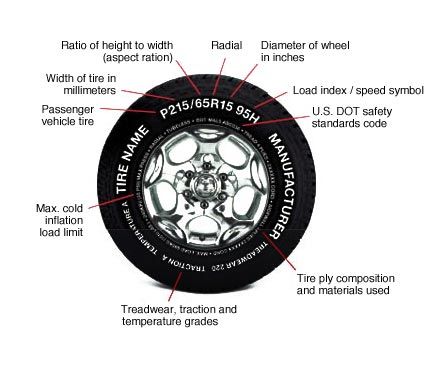
We've all heard the exhortations to check and maintain our tire pressure for the best fuel economy, handling and safety. All of that is true, but when you grudgingly stoop down at the gas station with that nasty tire inflator, all you see on your tires is a "MAX PRESSURE" number. That is not the proper inflation pressure, merely the highest at which the tire won't disintegrate or come off the wheel. The pressure you should inflate your tire to is located in one of a few places according to federal rules: On a door edge, door post or glove box door or inside the trunk, or on the fuel-filler door and in the owner's manual. That doesn't narrow it down much, but once you know the number it's easy to remember. Just don't inflate to the MAX PRESSURE on the side of the tire.
Want to know how old your tires are or what size your tires are? You need to know how to read tire sidewall information, the alphanumeric code stamped on to the side of your tires.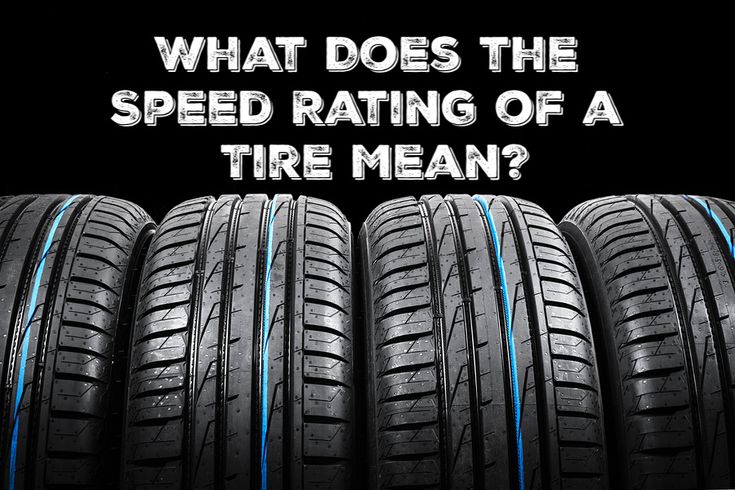 But if you've ever looked at the sidewall of a tire and thought that the blizzard of numbers, letters, and words was as confusing as hieroglyphics, we understand. The alphabet soup on tires' sidewalls can be off-putting, but it's pretty easy once you know what you're looking at.
But if you've ever looked at the sidewall of a tire and thought that the blizzard of numbers, letters, and words was as confusing as hieroglyphics, we understand. The alphabet soup on tires' sidewalls can be off-putting, but it's pretty easy once you know what you're looking at.
Beyond the brand (Michelin, Continental, Hankook, etc.) and model names of the tire, the plethora of data stamped on the sidewall is there largely to satisfy government regulations, which require all manner of information—from when and where the tire was built to how durable it is. Not to worry. Let us be your Rosetta stone to deciphering the language of the tire sidewall. The numbers highlighted in pink on the sample tire below correspond to the explanations that follow.
1) These are some of the most important numbers on any tire, as they tell you how big your tires are. In this case, the tire is 245 millimeters at its widest point (when it's mounted on a wheel of a specified width).
2) The number after the slash indicates its aspect ratio, or profile. This tire's sidewall height is 40 percent of its width.
3) The "R" stands for radial construction (rarer bias-ply and belted tires are denoted by a D and B, respectively).
4) The number 18 indicates that this tire fits an 18-inch wheel. Sometimes, letters precede the first number. A "P" stands for p-metric, which is a tire used primarily on passenger cars. An "LT" indicates a light-truck tire. A "T" means it's a temporary spare. Some tires get a "Z" or an "F" attached to the radial indicator, denoting a Z-rated tire (see service description below) or a run-flat tire.
5) This alphanumeric code is the service description, which provides two key insights into the tire's performance: how much weight it can carry and how fast it can run safely—the latter another good indication of whether it's intended for a family sedan or a hot sporty machine. In our example, the "93" stands for the maximum-load rating of 1433 pounds. The letter W denotes the maximum speed rating, which translates 168 mph—not something intended for mom's minivan. See our list of speed ratings below, which range from a low of "L" (just 75 mph for some off-road tires) to a high of Y (186 mph). There is also one special ultrahigh speed rating: If a Y-rated tire has parentheses around its service description, say, "(93Y)," that means the tire is rated for speed "in excess of 186 mph." There are also Z-rated tires, but when that designation came out, no one thought a speed rating in excess of 149 mph would ever be needed. By definition, all W- and Y- rated tires are also Z-rated, though not all get a "Z" embossed on the sidewall.
In our example, the "93" stands for the maximum-load rating of 1433 pounds. The letter W denotes the maximum speed rating, which translates 168 mph—not something intended for mom's minivan. See our list of speed ratings below, which range from a low of "L" (just 75 mph for some off-road tires) to a high of Y (186 mph). There is also one special ultrahigh speed rating: If a Y-rated tire has parentheses around its service description, say, "(93Y)," that means the tire is rated for speed "in excess of 186 mph." There are also Z-rated tires, but when that designation came out, no one thought a speed rating in excess of 149 mph would ever be needed. By definition, all W- and Y- rated tires are also Z-rated, though not all get a "Z" embossed on the sidewall.
6) Many but not all tiremakers note the heaviest spot of the tire with a red dot.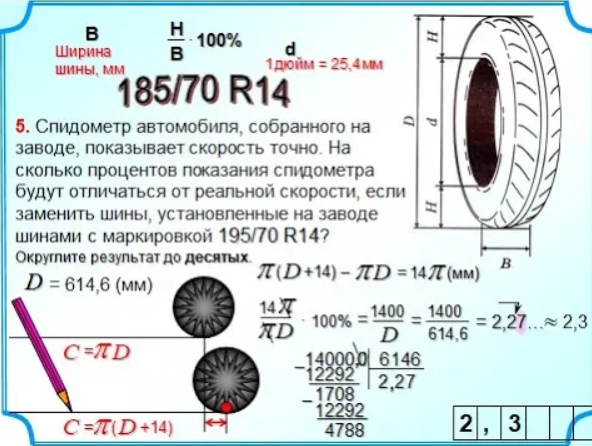 It ultimately has no bearing on tire-and-wheel balance, so it's of little importance.
It ultimately has no bearing on tire-and-wheel balance, so it's of little importance.
A tire's alphanumeric codes reveal everything from how fast it can run to where it was built.
7) The numbers after the word "treadwear" indicate (surprise!) the treadwear of the tire, or how long it's likely to last. The higher the number, the more likely it is that you'll get more miles out of it. But the tests that determine tread life are not exact. The experts at tire-seller Tire Rack report that treadwear ratings can vary. They cite the example of two different tires they sell—one from Goodyear and the other from Continental—both of which offer an 80,000-mile tread-life warranty. You'd expect them to have similar, if not identical, treadwear ratings, but the Goodyear's is 740, while the Continental's is 600. So take this number as an indicator, but not an exact predictor, of how long a tire will last.
8‑9) The letter after the word "traction" is a rating that results from a test of how much grip a tire generates when dragged across wet pavement without the tire rotating.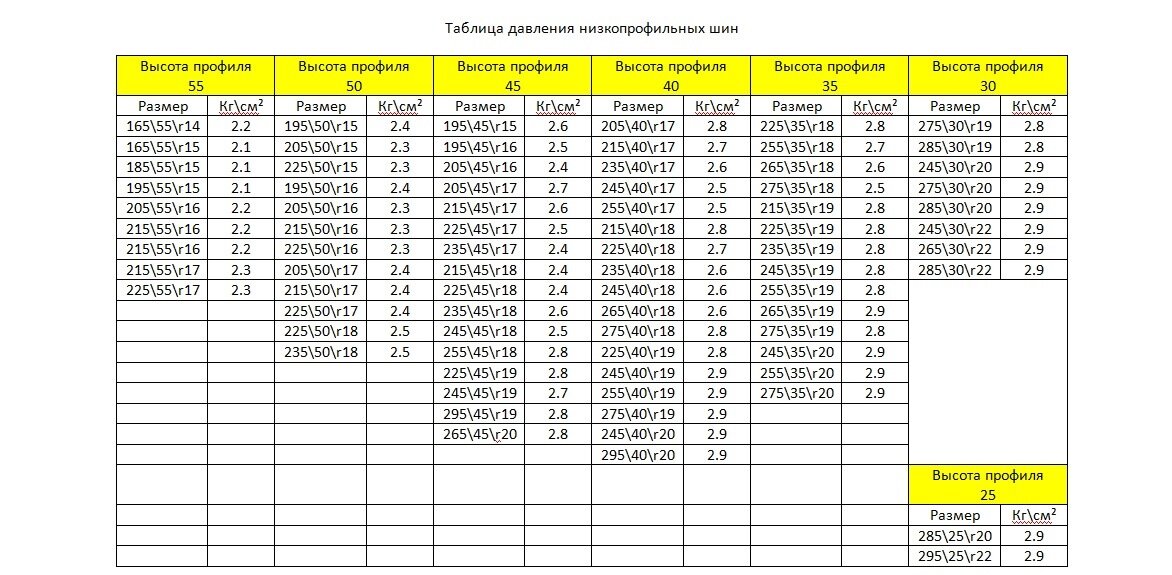 It's not of great relevance to today's cars, which have anti-lock brakes that keep the tires rolling even during emergency braking. The letter following the word "temperature" is an indicator of how well a tire dissipates heat, which increases severely at high speed. Again, it is of less importance than the tire's speed rating, which takes this into account.
It's not of great relevance to today's cars, which have anti-lock brakes that keep the tires rolling even during emergency braking. The letter following the word "temperature" is an indicator of how well a tire dissipates heat, which increases severely at high speed. Again, it is of less importance than the tire's speed rating, which takes this into account.
10‑11) Some tires carry an "M+S" marking, which stands for "mud and snow." It means that the tire has some added capability in those circumstances because it has a little extra space between its tread blocks. But such tires are absolutely not winter (snow) tires and might not even be conventional all-season tires. That's where the three-peak mountain snowflake icon next to the M+S mark comes in. If a tire has that molded into its sidewall, it has significant snow capability and should be considered a viable winter tire.
12) This area of the tire may display what's called the original-equipment (OE) marking.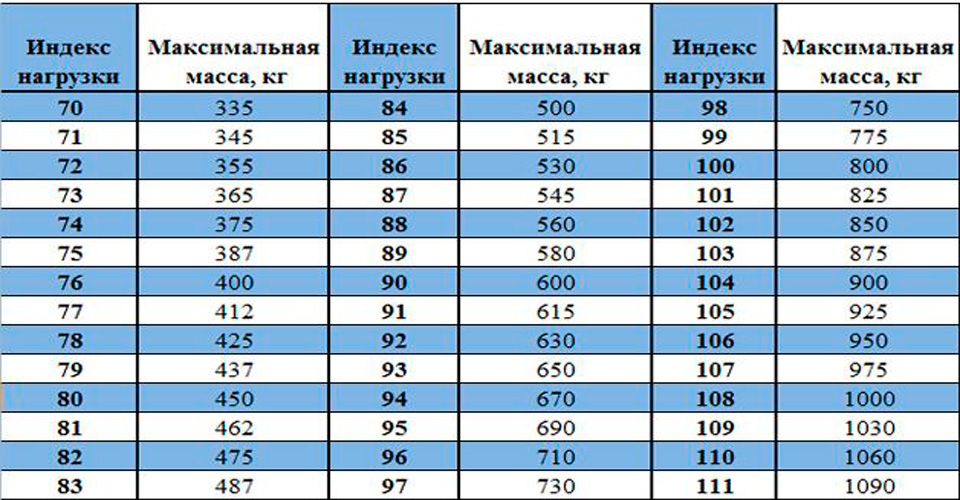 Automakers sometimes take a standard, off-the-rack commodity tire and modify its construction or rubber compound to work better on one of their models. So, a Ford Escort and a Chevy Cruze might both be equipped with Firestone Firehawk AS tires that look virtually identical, but each car's tires might differ significantly in ways that affect the ride and handling. If your vehicle's tires carry an OE code, it's best to replace them with the same brand and model of tire wearing the same code—if you can. Tire stores and online retailers can help you with finding tires with the correct OE code for your vehicle.
Automakers sometimes take a standard, off-the-rack commodity tire and modify its construction or rubber compound to work better on one of their models. So, a Ford Escort and a Chevy Cruze might both be equipped with Firestone Firehawk AS tires that look virtually identical, but each car's tires might differ significantly in ways that affect the ride and handling. If your vehicle's tires carry an OE code, it's best to replace them with the same brand and model of tire wearing the same code—if you can. Tire stores and online retailers can help you with finding tires with the correct OE code for your vehicle.
13) This is a list of the tire's construction materials, of interest primarily to tire engineers and tire geeks.
14) Every tire sold in the U.S. must have U.S. Department of Transportation (DOT) labeling. The first two characters indicate the factory of manufacture, and the next five or six are manufacturer-specific jargon (for tracking purposes, as in the case of a recall). The last four numbers give the date of production which let you know how old your tires are with the first two digits indicating the week and the latter two the year (for example, "2318" means that tire was produced in the 23rd week of 2018). The European equivalent of the DOT code may also be present (it starts with an "e"), although fewer manufacturers are printing both on a tire's sidewall. If this string of numbers ends with "-S," it means the tire complies with European noise regulations.
The last four numbers give the date of production which let you know how old your tires are with the first two digits indicating the week and the latter two the year (for example, "2318" means that tire was produced in the 23rd week of 2018). The European equivalent of the DOT code may also be present (it starts with an "e"), although fewer manufacturers are printing both on a tire's sidewall. If this string of numbers ends with "-S," it means the tire complies with European noise regulations.
Tire Rack
Buy Now
Tire Rack
Buy Now
Tire Rack
Buy Now
Tire Rack
Buy Now
This content is imported from OpenWeb. You may be able to find the same content in another format, or you may be able to find more information, at their web site.
10/12/2013
The choice of car tires is always a crucial moment in the life of every motorist. But for an independent choice of the right car tires, you need to know the design features and understand the basic markings that are applied to each car tire.
On all car tires, the following combinations of the designation of the main parameters are accepted:
P 185/65 R14 86 H
P 185 /65 R14 86 N
P 185/ 65 R14 86 H
 nine0022
nine0022 P 185/65 R 14 86 H
P 185/65 R 14 86 H
P 185/65 R14 86 N
| Load index | 60 | 61 | 62 | 63 | 64 | 65 | 66 | 67 | 68 | 69 |
|---|---|---|---|---|---|---|---|---|---|---|
| Max. Load (in kg.) | 250 | 257 | 265 | 272 | 280 | 290 | 300 | 307 | 315 | 325 |
| Load index | 70 | 71 | 72 | 73 | 74 | 75 | 76 | 77 | 78 | 79 nine0077 |
|---|---|---|---|---|---|---|---|---|---|---|
Max.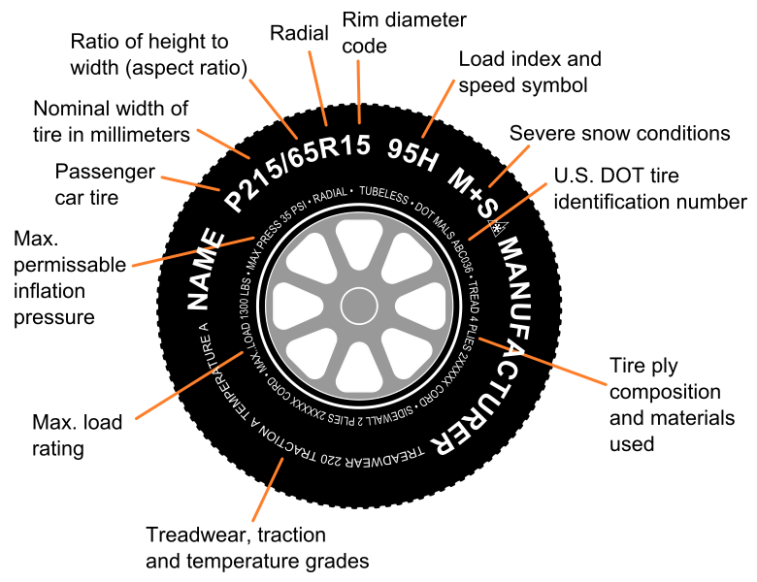 Load (in kg.) Load (in kg.) | 335 | 345 | 355 | 365 | 375 | 387 | 400 | 412 | 426 | 437 |
| Load index | 80 | 81 | 82 | 83 | 84 | 85 | 86 nine0077 | 87 | 88 | 89 |
|---|---|---|---|---|---|---|---|---|---|---|
| Max. Load (in kg.) | 450 | 462 | 475 | 487 | 500 | 515 | 530 | 545 | 560 | 580 |
| Load index | 90 | 91 | 92 | 93 nine0077 | 94 | 95 | 96 | 97 | 98 | 99 |
|---|---|---|---|---|---|---|---|---|---|---|
| Max. Load (in kg.) | 600 | 615 | 630 | 650 | 670 | 690 | 710 | 730 | 750 | 775 |
| Load index | 100 nine0077 | 101 | 102 | 103 | 104 | 105 | 106 | 107 | 108 | 109 |
|---|---|---|---|---|---|---|---|---|---|---|
| Max. | 800 | 825 | 850 | 875 | 900 | 925 | 950 | 975 | 1000 | 1030 |
| Load index | 110 | 111 | 112 | 113 | 114 | 115 | 116 | 117 | 118 | 119 |
|---|---|---|---|---|---|---|---|---|---|---|
| Max. Load (in kg.) | 1060 | 1090 | 1120 | 1150 | 1180 | 1215 | 1250 nine0101 | 1285 | 1320 | 1360 |
| Load index | 120 | 121 | 122 | 123 | 124 | 125 | 126 | 127 | 128 | 129 |
|---|---|---|---|---|---|---|---|---|---|---|
| Max. Load (in kg.) | 1400 | 1450 | 1500 | 1550 nine0101 | 1600 | 1650 | 1700 | 1750 | 1800 | 1850 |
P 185/65 R14 86 H
 Specifies the value of the maximum allowable speed at which safe movement is possible.
Specifies the value of the maximum allowable speed at which safe movement is possible. | Speed index | J | K | L | M nine0077 | N | P | Q | R | S | T | U | H | V | VR | W | Y | ZR |
|---|---|---|---|---|---|---|---|---|---|---|---|---|---|---|---|---|---|
| Max. Speed (km/h) | 100 | 110 | 120 | 130 | 140 | 150 | 160 | 170 nine0101 | 180 | 190 | 200 | 210 | 240 | >210 | 270 | 300 | >240 |
Extra Load (XL) is a reinforced model, the load index of such tires is 3 units higher compared to simple tires of the same size.
Reinforced (C) is a designation for reinforced tires, most often refers to light truck models. nine0005
nine0005
All Season (AS), Тous terrain - all season tires.
Any weather (AW) - all-weather tires. Often, icons are used instead of alphabetic characters (snowflake, cloud, sun, etc.).
Mudd & Snow (M&S) are tires specially designed for both winter and all season use.
DA (stamp) - designation of tires with minor manufacturing defects that do not interfere with safe operation. nine0005
DOT - Approved by the US Department of Transportation.
E - approved by the Economic Commission for Europe.
Inside - designation of asymmetric tires. The inscription Inside during installation must be on the inside of the car.
Outside - designation of asymmetric tires. When installing, the Outside inscription must be on the outside of the car.
Left - tires with this marking must be installed on the left side only. nine0005
Right - tires with this marking must be installed on the right side only.
Made in Germany - designation of the country of origin.
Max Pressure is the maximum allowable tire pressure in kPa.
PSI - Pressure index from 20 to 85 (only for tires with index “C”).
Aqua, Aquatred, Rain, Aquacontact, Water, or the umbrella badge - indicates that the tires are designed for rainy weather and effectively prevent the effect of aquaplaning. nine0005
Regroovable - indicated if it is possible to deepen the tread pattern by cutting.
Retread - retreaded tires.
Rotation - directional tires, the direction of rotation is indicated by an arrow on the tire sidewall.
Steel - means that the tires are equipped with a metal cord.
Temperature - the temperature range provided for a specific model, there are three categories: A, B and C.
Treadwear, TWI - coefficient or wear index, determined in relation to the "base tire", for which it is equal to 100.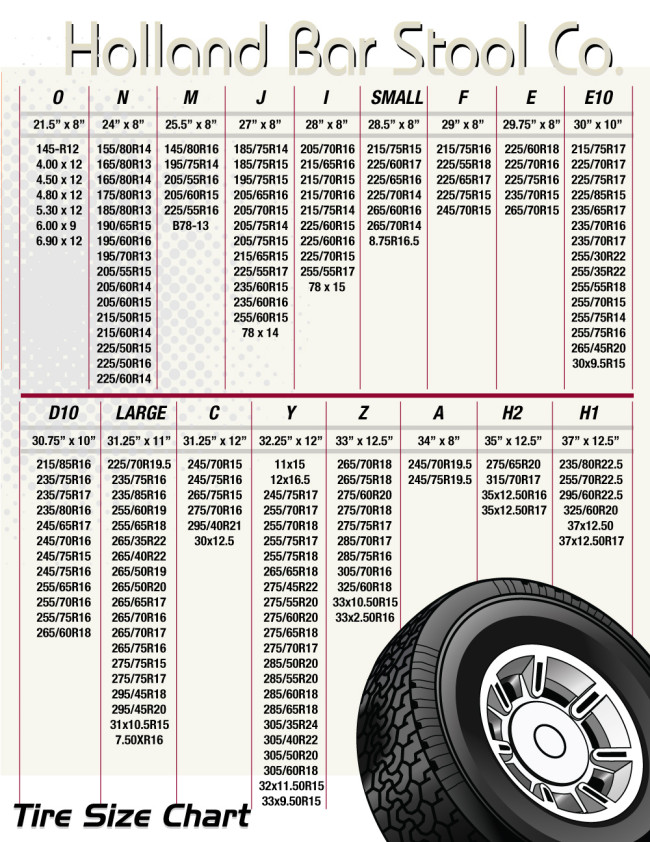 C. Coefficient A have the greatest value.
C. Coefficient A have the greatest value.
Tread - indicates that the tire consists of 5 layers: a layer of rayon + 2 layers of steel cord + 2 layers of nylon. Applied in the USA.
Tubeless (TL) is the designation for tubeless tires. If this marking is missing, the tire can only be used with a camera.
Tube Type (TT) - operation only possible with chamber.
Twid - Projector wear indicator.
Return to the list
About tire marking 215/55 R16 91 V
215 - Information about the width of the profile, which is given in mm .;
55 – Width of width of the lining height in її width, in a commoner profile. Tires with an indicator lower than 50% are recommended for low profile tires. If you look at 185 / R14C, it means that you have a full-profile tire in front of you.
Tires with an indicator lower than 50% are recommended for low profile tires. If you look at 185 / R14C, it means that you have a full-profile tire in front of you.
R - Radial type of construction, as it increasingly replaces the less productive diagonal (D) type of construction. . nine0005
16 - Seating diameter in inches. This is the diameter of the inner stake of the tire, in which the disk is inserted, it is adjusted to the outside diameter.
91 - Interest index. Rozahovuєtsya on one wheel and for passenger cars is not a virishal show, the oscills sound like a virobnik to make a good supply. However, for light-duty cars and minibuses, this parameter is important to be safe and not exceed the allowable value. At the glimpse of the ІН drop, the weight is up to 670 kg
462
102
850
61
257
82
475
103
900
62
265
83
487
104
63
272
84
500
105
925
64
280
85
515
106
950
65
530
107
975
66
300
87
545
108
1000
67
307
88
560
1030
68
315
89
580
110
1060
69
325
90
600
111
1090
70
112
1120
71
345
92
630
113
1150
72
355
9000
650
114
1180
73 93 93
365
94
670
115
1215
74
375
95
690
116
1250
75
387
117
1285
76
400
97
730
118
1320
77
412
98
750
119
1360
78
425
99
775
120
1400
79
437
100
800
80
450
101
825
V - Index Shvidkoosti.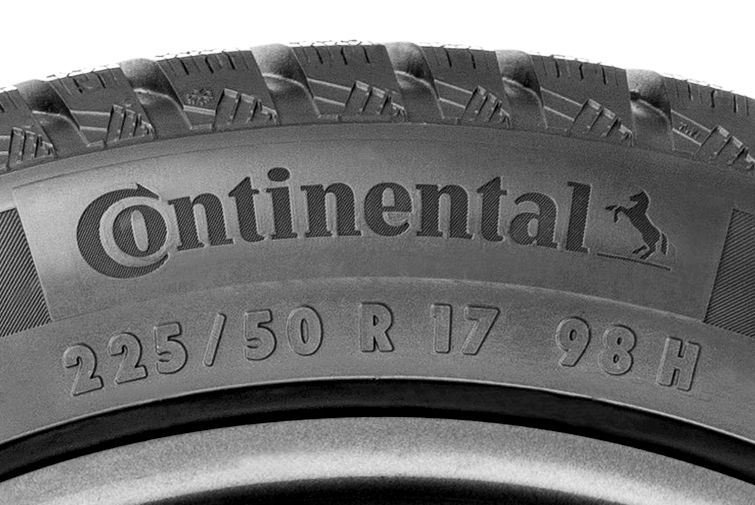 This parameter is indicated by Latin letters and indicates the boundary width, which can be changed 98
This parameter is indicated by Latin letters and indicates the boundary width, which can be changed 98
Maximum dryness index Y transfers speed at speeds up to 300 km/year
Be careful! Exceeding the allowable value of speed should be carried out before emergency situations. The shifting speed is 10-15% lower than the established index, which is optimal for a safe ride. The new set of tires is to blame for the mother's swidkisny mode, not lower, lower on the tires of the primary configuration and re-tuning with the recommendations of the car maker. In the winter season, it is permissible to install tires with a lower swedish index, interfacing with the same swedish speed. nine0005
Deciphering the marking of American tyres, may have its own peculiarities. The markings are marked in two systems:
"P-metric" (similar to the European marking, the letter P is placed in front of the rozmir, as a lightweight tire and LT, as we have light tires. wheel diameter, other profile width, for example 31x10.5 R15 Available for marked wheels for industrial and light vehicles.0005
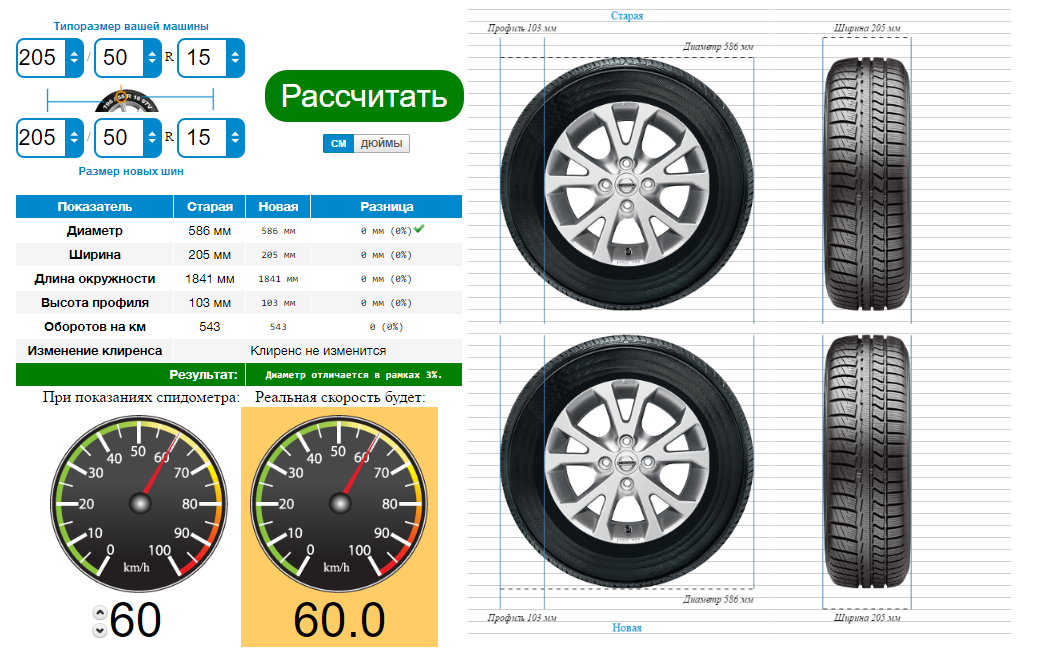 Appearance on the cover of a small ledge on the tread in the deep groove. Signaling about the level of wear. nine0022
Appearance on the cover of a small ledge on the tread in the deep groove. Signaling about the level of wear. nine0022 What does tire marking mean?
Season I Pogodniy:
Valnia, Yaki characterize the specific weather,
m+S "MUD and SNOW, BRUDISNIG),
Winter (winter)
Rain (snow),
Water or Aqua (water),
All Season North America nine0005
AW (Any Weather)
A/T - all rubber tires
Symbol of the Russian top - winter tires, with different indications, yakibulipidverzhenіvhodіtestіv.
Traction A, B and C - Wet galvanizing step.
Temperature А, В abo С — thermostability of the tire in Russia on high speeds, de А — the best value.
Spike
STUDDABLE
Designation associated with small tire type:
Outside and Inside - designation of the inner and outer parts of the asymmetric tread design. Installing a tire on a car, write Outsade or Side Facing Out is to blame for the outer side, and the signature Inside or Side Facing Inwards is from the inner part.
Rotation - the tread is marked with an arrow in the direction of block rotation. It shows straight ahead the wrapping of the wheel.
Left — the tire is to be found on the left side of the car (transferring models for the left and right sides). nine0005
Right - the tire is to be found on the right side of the car (transferring models for the left and right sides).
Design Features
Tubeless If you wrote daily or wrote Tube Type, then a priori the tire is to be operated with a camera.
Radial (R in size) — radial design gumi
Steel - construction includes metal cord. nine0005
C - Commercial to be installed in the world on tires for light vehicles and minibuses. Talk about building a frame.
XL - Extra Load, reinforced tire, load index 4 units higher than the standard value for the same size.
Retread
DA (stamp) - the presence of non-critical mechanical defects that do not affect normal operation.
DEMO - installed, but after removal of the tires, as if they were under warranty. nine0005
RunFlat System Component
RSC (RunFlat System Component) — RunFlat tires with increased daily pressure in the wheel as a result of a puncture or damage to the building tire on the flatness of up to 80 km / year, continue 30 to 80 km. In the fallow type, the technology is assigned to different markings:
Dunlop - DSST (Dunlop Self-Supporting Technology),
Bridgestone - RFT (Run-Flat Tire),
Continental - SSR (Self-Supporting Run-Flat),
5 Goodyear-RunOnFlat,
Nokian - Run Flat,
Michelin - ZP or ZP SR (Zero Pressure) etc.
Compliance to standards
E2 (symbols) - huma according to European standards of softness U. N. E. C. E. (United Nations Economic Commission for Europe). The number in the number is the code of the country (2 - France), which carried out the certification. Without stake - certificate number.
DOT (Department of Transportation—USA), complies with American water quality standards.
Green X is the brand name of the Michelin brewer, a note about the energy-saving power of the tire. The tire is economical and complies with environmental standards. Marking cost after the size of the world.
Homologated, improved tires for a specific car
MO - for Mercedes. It is possible to win on cars of other brands.
MO1 - for Mercedes SL65 AMG cars.
N0, N1, N2, N3 - for Porsche and Volkswagen Touareg. nine0005
AO - for Audi.
RO1 - for Audi Quattro RS6, RS4 and R8.
VO - for Volkswagen Touareg.
A - for Toyota Auris vehicles.
B - for Bentley Continental GT vehicles.
J - for Jaguar vehicles.
* - for cars in the BMW group (BMW, Mini).
* BMW M - tire homologation for BMW M cars (Motorsport: M3, Z4M, M5 and M6).
C1 - for Chrysler Viper vehicles. It is not recommended to stop on the cars of other car dealers.